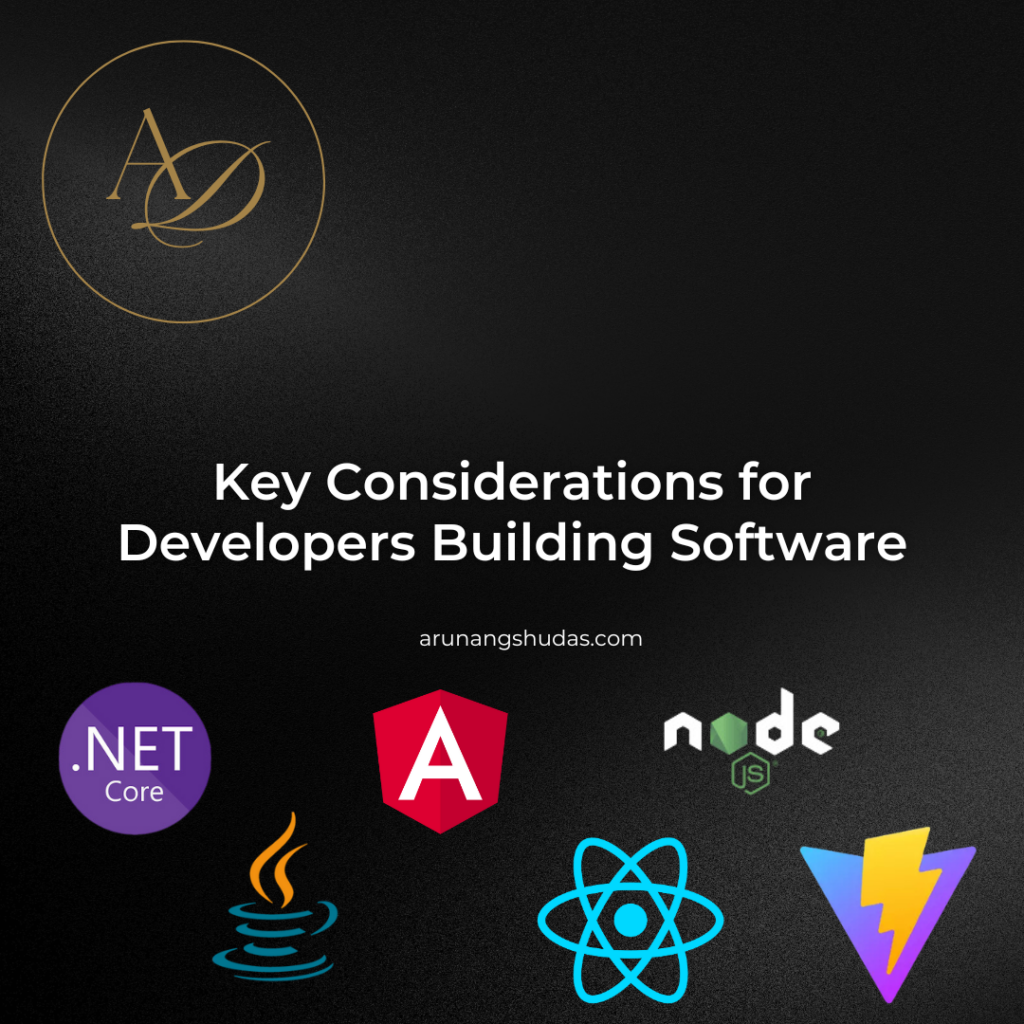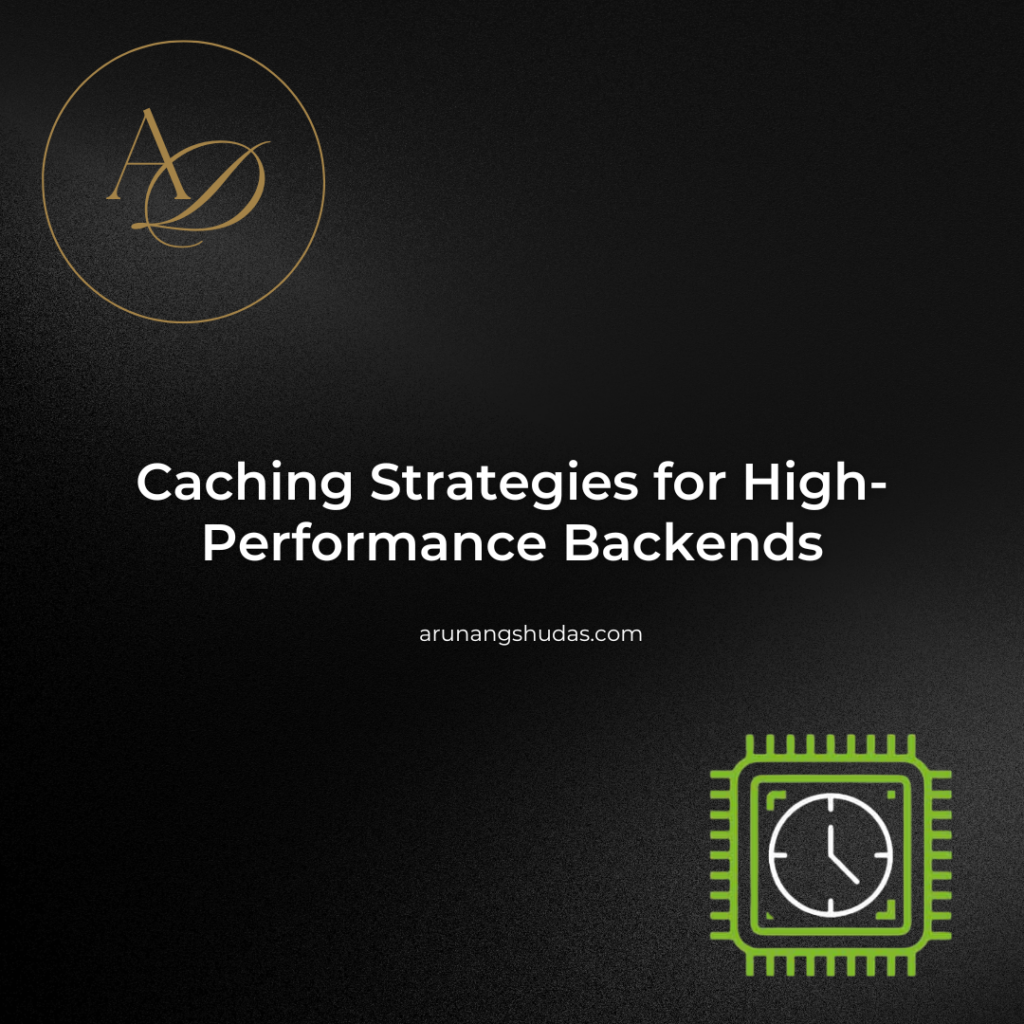When your backend slows down, it impacts everything—page load times, API response rates, and ultimately, user experience. A slow backend means frustrated users and lost revenue. But how do you pinpoint what’s causing the slowdown?
Backend bottlenecks can arise from poor database performance, inefficient code, network latency, or resource exhaustion.
1. Measure Before You Optimize
You can’t fix what you can’t measure. The first step in identifying bottlenecks is setting up performance monitoring.
Tools to Use
- APM (Application Performance Monitoring) tools: Tools like New Relic, Datadog, and Dynatrace provide real-time insights into backend performance.
- Logging and Tracing: Use distributed tracing tools like OpenTelemetry or Jaeger to track requests across microservices.
- Built-in Profilers: Languages like Node.js, Python, and Java provide profilers that help analyze function execution times.
Once you have visibility into your system, look for high-latency API calls, slow queries, and CPU-heavy operations.
2. Identify Slow Database Queries
One of the most common backend bottlenecks is database performance. If your backend relies on a database, slow queries can cripple your entire system.
How to Find Slow Queries
- Enable Query Logging: Use
EXPLAIN ANALYZEin PostgreSQL orEXPLAINin MySQL to see how queries execute. - Use an ORM Profiler: If you use an ORM like Prisma, Sequelize, or TypeORM, enable query logging to detect slow queries.
- Monitor Connection Pooling: Too many or too few database connections can lead to performance issues. Use tools like PgBouncer for PostgreSQL or database connection pooling libraries in your framework.
How to Fix It
- Add Indexes: Ensure that frequently queried columns have indexes.
- Optimize Queries: Use proper joins and avoid
SELECT *when fetching data. - Cache Repeated Queries: Use Redis or Memcached to cache frequently accessed data.
3. Analyze API Performance
If your backend exposes APIs, slow response times could be the culprit.
How to Detect API Bottlenecks
- Use API Gateway Logging: If you use an API gateway (e.g., Kong, Nginx, or AWS API Gateway), enable logging to track response times.
- Monitor Response Times: Tools like Postman or k6 can simulate high loads and measure latency.
- Check Rate Limiting: If requests are throttled too early, legitimate traffic might be slowed down unnecessarily.
How to Fix It
- Optimize Response Payloads: Reduce the size of JSON responses. Use Gzip compression if needed.
- Implement Caching: Use in-memory caches like Redis for frequently accessed API results.
- Load Balance Your Servers: Use a load balancer (NGINX, HAProxy) to distribute traffic evenly.
4. Monitor CPU and Memory Usage
Backend servers can slow down due to high CPU or memory consumption.
How to Identify Resource Bottlenecks
- Use System Monitoring Tools: Use
htoportopin Linux to check CPU and memory usage. - Container Monitoring: If running in Kubernetes, use Prometheus and Grafana to monitor pod performance.
- Look for Memory Leaks: Tools like
node --inspect(Node.js) or memory profilers in Python can help detect leaks.
How to Fix It
- Optimize Code Execution: Avoid expensive loops and unnecessary computations.
- Scale Horizontally: If a single instance can’t handle the load, consider adding more servers.
- Use Worker Threads: Offload heavy tasks like image processing or file uploads to background workers.
5. Reduce Network Latency
If your backend communicates with external services, network latency can be a major bottleneck.
How to Identify Network Bottlenecks
- Use Ping and Traceroute: Check if network requests take too long to resolve.
- Monitor External API Calls: If your backend relies on third-party APIs, measure response times.
- Use CDNs: If serving static assets, make sure they are distributed via a CDN.
How to Fix It
- Reduce Unnecessary API Calls: Batch requests instead of making multiple smaller ones.
- Optimize DNS Resolution: Use a DNS caching service like Cloudflare.
- Use Persistent Connections: Keep long-lived connections open instead of reconnecting for every request.
6. Test Under Load
The best way to identify bottlenecks before they impact users is through load testing.
Tools for Load Testing
- k6: A simple load testing tool for APIs.
- JMeter: More advanced testing for large-scale applications.
- Artillery: Great for stress testing Node.js applications.
Run these tests in a staging environment and look for slowdowns when handling a high number of concurrent users.
Conclusion
Backend bottlenecks can exist in multiple areas—slow database queries, inefficient APIs, resource-hungry processes, or network latency. The key to fixing them is continuous monitoring and profiling. By setting up the right tools and running periodic performance tests, you can ensure your backend remains fast and scalable.
You may also like:
1) 5 Common Mistakes in Backend Optimization
2) 7 Tips for Boosting Your API Performance
3) How to Identify Bottlenecks in Your Backend
4) 8 Tools for Developing Scalable Backend Solutions
5) 5 Key Components of a Scalable Backend System
6) 6 Common Mistakes in Backend Architecture Design
7) 7 Essential Tips for Scalable Backend Architecture
8) Token-Based Authentication: Choosing Between JWT and Paseto for Modern Applications
9) API Rate Limiting and Abuse Prevention Strategies in Node.js for High-Traffic APIs
Read more blogs from Here
Share your experiences in the comments, and let’s discuss how to tackle them!
Follow me on Linkedin








